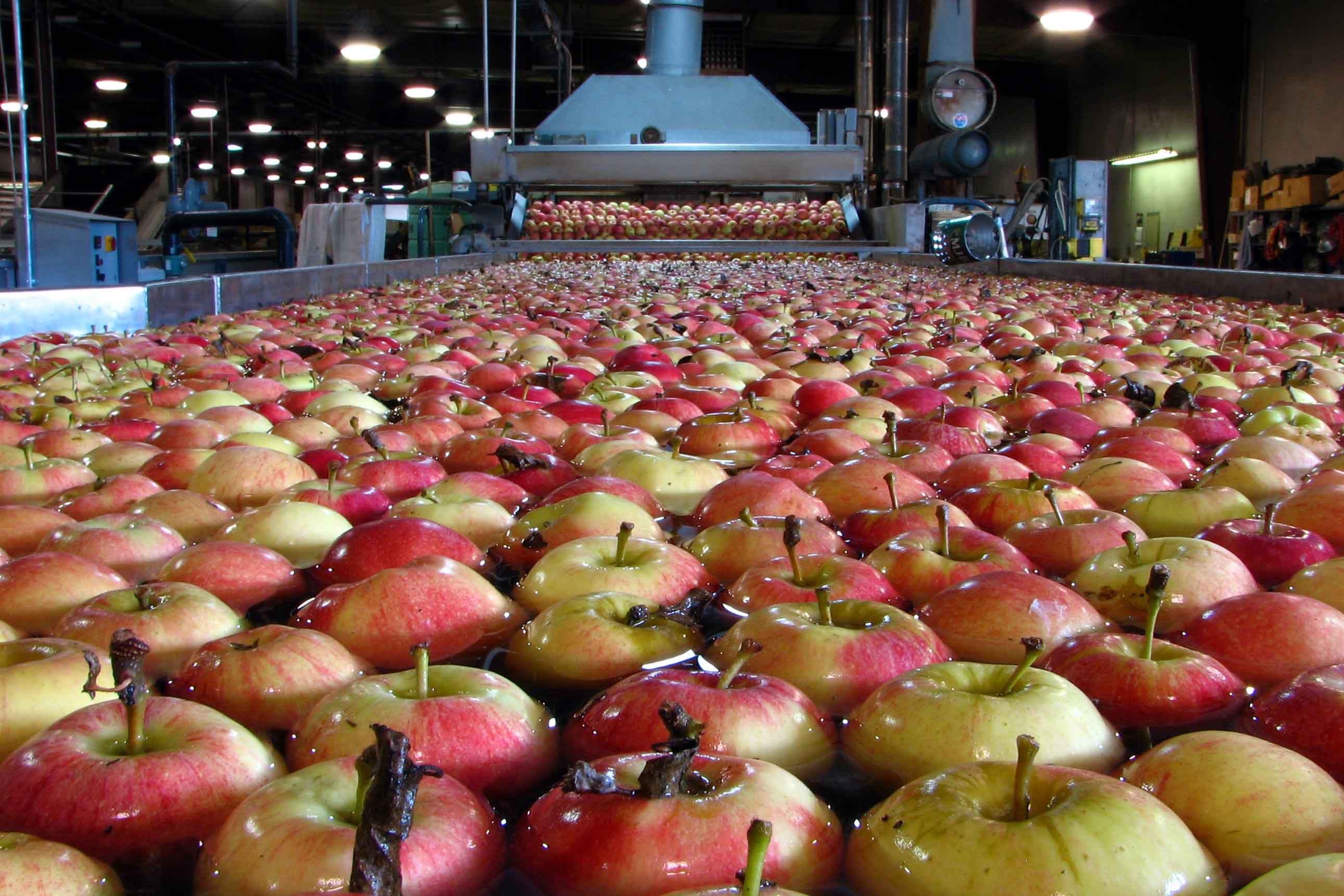Apples Are Safe: Setting the Record Straight on Apple Safety and the Flawed Claims Behind EWG’s List
Why is the “Dirty Dozen” list flawed?
- One-hundred percent of the apples and applesauce sampled through the Pesticide Data Program (PDP) had either no residues or residues far below the EPA tolerances. The residues are so low, in fact, that according to the Safe Fruits and Veggies pesticide calculator, a child could eat 340 servings of apples every day without effect from pesticide residues. A woman could eat 850 apples a day and a man 1190 apples a day with no effect.
- EWG’s source for its list – the USDA – finds no safety concerns. The U.S. Department of Agriculture report that is the basis for EWG’s latest “Dirty Dozen” begins the report by saying, “when pesticide residues are found on foods, they are nearly always at levels below the tolerances set and monitored annually by the Environmental Protection Agency.” The PDP provides reliable data to help assure consumers that the food they feed themselves and their families is safe.
- Their research methods are questionable and take USDA figures out of context. Unlike other health reports submitted to media, EWG’s list is not peer reviewed by an independent body of scientists, academia or other review boards. EWG fails to disclose their research methods, using a combination of recent and older USDA studies to develop its list.
What is USApple’s official response to this year’s “Dirty Dozen” list?
- “Any report telling people not to eat fresh produce is beyond silly and potentially very harmful advice,” said USApple President and CEO Jim Bair. “We can all agree that consuming more fruits and vegetables is one of the best things we can do for our health.”
- “USApple’s consumer education efforts focus on science-based reasons to eat more wholesome foods like apples – not less,” said Bair. “The Surgeon General and leading health organizations agree there is far greater health risk from not eating fruits and vegetables than from any theoretical risk that might be posed by consuming trace amounts of pesticide residues.”
- According to USApple, when making dietary choices, consumers should follow the advice of the American Heart Association, American Cancer Society, American Diabetes Association, the U.S. Centers for Disease Control and Prevention, Academy of Nutrition and Dietetics and Dietary Guidelines for Americans, who all say eat more fruits and vegetables.
The Environmental Working Group’s “Dirty Dozen” list misleads consumers and is based on inaccurate reporting.
- EWG’s source for its list – the USDA – finds no safety concerns. The USDA report that is the basis for EWG’s latest “Dirty Dozen” notes, “One-hundred percent of the apples and applesauce samples tested through PDP had residues below the EPA tolerances.”
- EWG’s misleading information affects the health of low income families. Peer-reviewed research published in Nutrition Today shows messaging tactics that invoke safety concerns about non-organic produce may have a negative impact on consumption of fruits and veggies among low income consumers.
- EWG’s misleading information affects the health of adults and children. According to the CDC, only one in 10 adults get enough fruit and vegetables, putting them at risk for chronic diseases like diabetes and heart disease. Further, a study in the Journal of Food and Chemical Toxicology found that if half of Americans increased their consumption of fruits and vegetables by a single serving each day, 20,000 cancer cases could be prevented annually.
- EWG’s report is not peer reviewed. Unlike other health reports submitted to media, EWG’s list is not peer reviewed by an independent body of scientists, academia or other review boards. We encourage media to instead review these four peer-reviewed studies: Journal of Toxicology, Journal of Epidemiology and Community Health, British Journal of Cancer and Journal of Food and Chemical Toxicology.
- “Misinformation about pesticides breeds fear and confusion, and many find it easier to skip fresh produce altogether,” notes the Washington Post. The reporter adds, “Research shows that the {Dirty Dozen} lists– which are being questioned for their scientific validity – may be doing more harm than good.”
How do we explain safe pesticide use?
- Apples are threatened by hundreds of different insects, diseases, fungi and other conditions that attack the tree or the fruit it produces. To ensure Americans always have access to high-quality, pest-free apples, growers must take steps to protect their trees and fruit from injury or destruction by apple pests.
- When pesticides are used, growers are required by law to follow EPA’s strict instructions for use. American consumers can be confident when eating or serving apples—whether conventional or organic—that they are enjoying a safe, nutritious, healthy and delicious home-grown food produced with pride by the U.S. apple growers and the apple industry.
What is USApple doing to combat the misinformation?
- Science Supports Eating More Apples – Not Less. Given that Americans—especially children—don’t eat the recommended daily amounts of fruits and vegetables, USApple’s consumer education efforts focus on science-based reasons to eat more wholesome foods like apples—not less.








